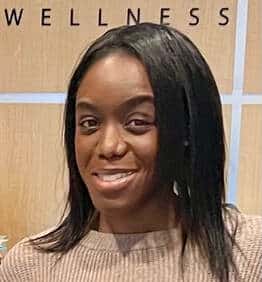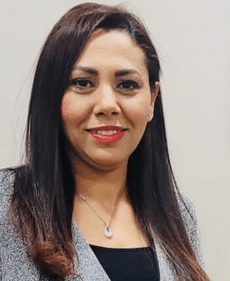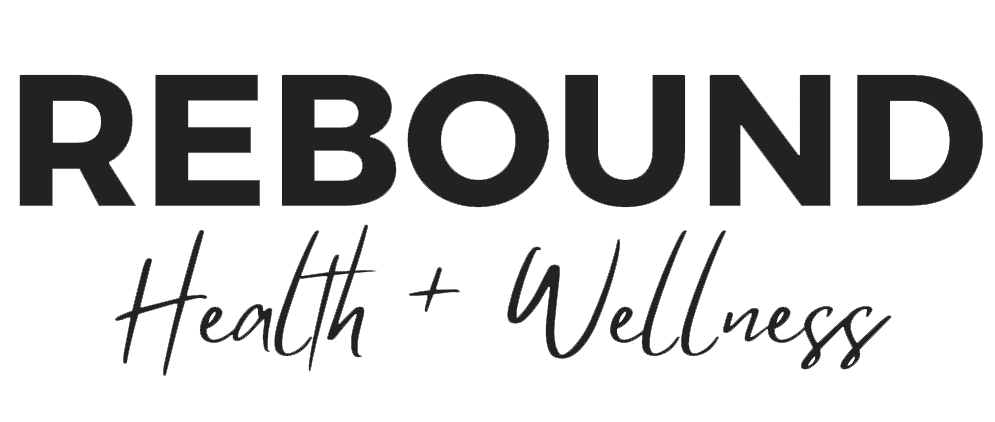Physiotherapy

Binumon Joseph BSc, PT
Registered Physiotherapist
Binumon Joseph is a results-oriented physio with more than 12 yrs of experience in both a clinical environment as well as in hospital.
Binumon strongly believes in, and practices, hands on treatments and techniques, exercises, and rehabilitation. He is interested in putting forward his best efforts to help you feel better with his experience and knowledge, particularly in orthopedic, neurological and other medical conditions.
Binumon can help with a wide variety of issues which includes but not limited to:
stroke rehab, post surgical rehab, spinal cord injuries, Cerebral Palsy (central motor deficits), Parkinson’s disease, Multiple Sclerosis, balance and co-ordination issues Headaches, Migraines, Post Concussion syndromes, Neck and Back pain, Carpel tunnel syndromes, Trigger finger, Arthritis, Frozen shoulder, ITB syndrome, Piriformis syndrome, rotator cuff injuries, other soft tissue injuries, sports injuries, postural re-education (Kyphosis, scoliosis, Forward head posture etc.), general health and wellness, strengthening and stretching programmes +more

Denisha Thompson BMR, PT
Registered Physiotherapist, Pelvic Health Therapist
Denisha obtained a Bachelor of Medical Rehabilitation in 2007 from the University of Manitoba.
Her first position was assisting in a return-to-work rehabilitation program in a private clinic. Following this, she had the privilege of working at Health Science Centre in the out-patient orthopedics department.
Always seeking new challenges and experiences, Denisha decided to embark on a new adventure by moving to Ontario in 2010. In Ontario, she completed her certificate in medical acupuncture, and a variety of post-graduate orthopedic courses for assessment and treatment of spinal, shoulder, and muscle imbalance conditions. Denisha has competed level 1 and 2 orthopedic levels. As she is passionate about health, wellness, and fitness, Denisha obtained her personal training certificate. She has completed level one, two and three pelvic health physiotherapy courses, and a variety of additional pelvic health courses for both male and female conditions.
After returning to Winnipeg for a few years, Denisha has moved back to Ontario and continues to practice both orthopedic and pelvic health physiotherapy.
Denisha is a firm believer in providing patients with advanced manual therapy techniques, education, and exercises in order for them to achieve long-term, durable outcomes.

Mariam Guirguis, PT
Registered Physiotherapist, Pelvic Health Therapist
Mariam received her bachelor’s of physiotherapy from Cairo university in Egypt in 2006.
While she was there, she worked as a physiotherapist in hospitals, private clinics, and orthopedic centers where she successfully treated a variety of injuries including back and neck pain, shoulder, elbow, wrist, hip, knee, ankle, and foot pain as well as acute and chronic sport injuries. Mariam moved to Canada in 2012 and became a registered physiotherapist committed to ongoing clinical education. She has experience with assessing patients of all ages. She combines manual therapy, soft tissue techniques, functional training, and individualized exercise programs to restore and maximize client function.
Clinical Specializations: – Rostered with the College of Physiotherapists of Ontario to perform APTEI Acupuncture Dry needling; Rostered with the College of Physiotherapists of Ontario to perform pelvic internal examinations – Pelvic Health Level 1: The Physical Therapy Approach to Female and Male Urinary Incontinence – Pelvic Health Level 2: Female and Male Pelvic Pain – Pelvic Health Level 3: Biopsychosocial Reframed Clinical Skills for Treating Pain – McKenzie Method of Mechanical Diagnosis & Therapy (Lumbar Spine) – The Mulligan approach to joint mobilization – Lumbo-Pelvic Certification Program.
Outside of work, she stays active skiing, biking, playing squash and tennis. She also loves exotic adventure trips.

Sumita Lama
Resident Physiotherapist
Sumita is a compassionate and skilled resident physiotherapist dedicated to helping individuals achieve their optimal physical health and wellness.
With a deep commitment to providing patient-centered care, she focuses on developing personalized treatment plans tailored to each individual’s unique needs and goals.
With the knowledge and experience Sumita gained in rehabilitation and therapeutic techniques during her practice in Nepal, India and Australia, she empowers her patients to overcome challenges, regain function, and improve their quality of life.
Whether it’s recovering from injury, managing a chronic condition, or enhancing mobility and function, Sumita is passionate about guiding patients towards positive outcomes. With her expertise, dedication, and genuine care for patients’ well-being, she is committed to making a meaningful difference in the lives of her patients.
- Low Back Pain
- Sciatica
- Neck Pain
- Headaches
- Concussion
- Muscle pain, Strains and Sprains
- Tennis Elbow
- Rotator Cuff & Shoulder Injuries
- Sports Injuries
- Pelvic Health
- Knee Pain and Dysfunction
- Heel/Foot pain
- Postural Deficiencies
- Arthritis
- Pre and Post-Surgical Care
- Fractures
- Ligament/Meniscus Repairs
- Carpal Tunnel Syndrome
- TMJ dysfunction (Jaw pain)
- Chronic Pain
